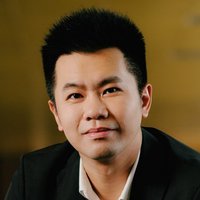Nanotechnology & materials
Long Ju
Revealed the new physical properties and applications of graphene materials in the 2.0 era of 2D materials

Global
Alex Le Roux
A massive 3D-printing project in Mexico could point the way to the future of affordable housing.

Asia Pacific
Po-Yen Chen
Assembling 2D Materials into Stretchable Electronics and Soft Robotics

Asia Pacific
Mohammad Hossein Davood Abadi Farahani
Separating industrial chemical mixtures at a molecular level with minimal energy

Latin America
Alejandra Cuba
Her biodegradable packaging made from food industry waste reduces pollution and promotes the circular economy.
